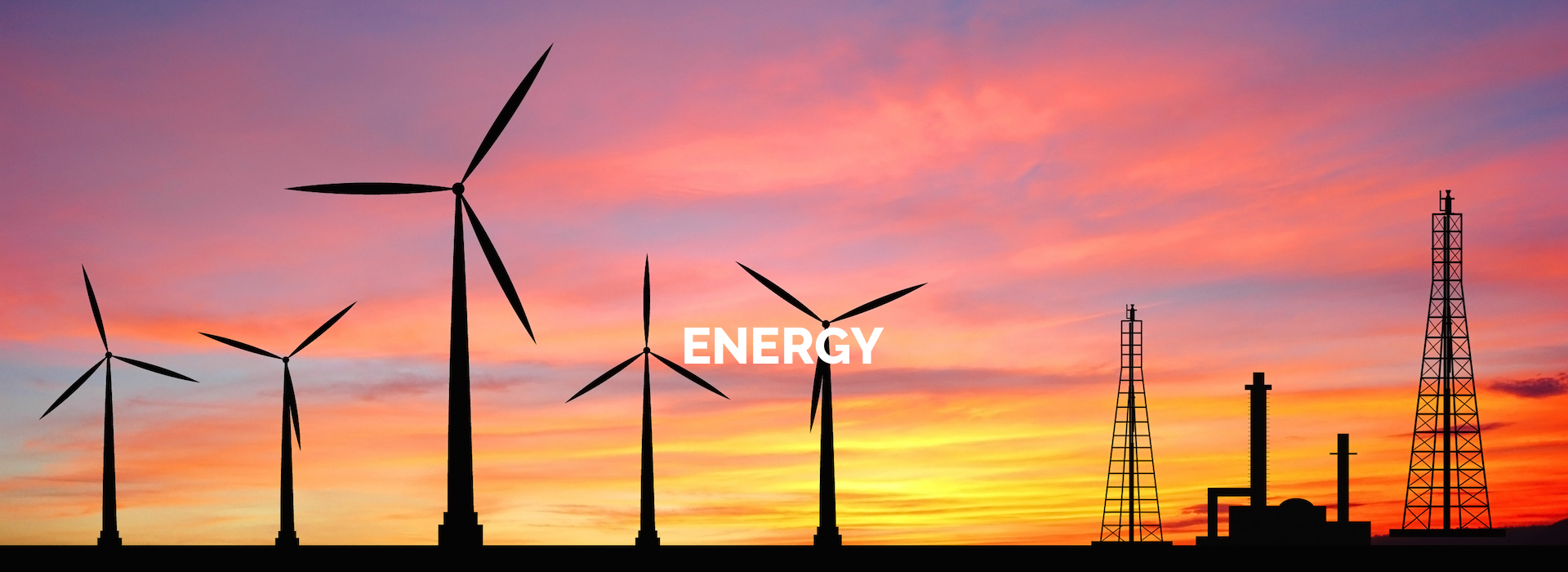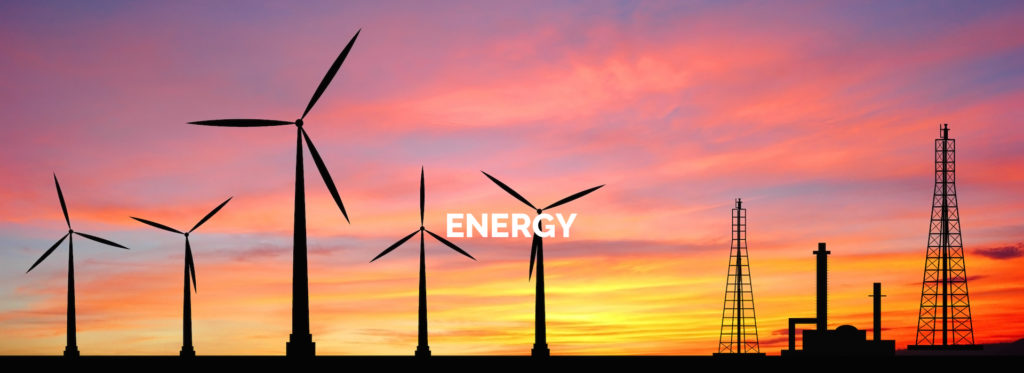In today’s talking points Australia defies climate warning to back coal, top iron ore export warns China is at ‘Peak Steel’, China’s funding for coal draws scrutiny as climate concern grows and seeking clear air, Chinese villagers are cooking with (Australian) gas.
Australia Defies Climate Warning to Back Coal
BBC has reported that at present, China is the world’s biggest emitter of greenhouse gases and Australia the world’s 13th biggest emitter. Both countries have continued to utilise and somewhat increase coal-powered energy, despite the release of a recent UN report outlining the importance of phasing out coal to limit global warming.
Australia’s current stance is to continue using and exploiting the country’s coal by justifying that as Australia’s biggest export, coal usage produces the majority of Australia’s of electricity. The affect of phasing it out will also have a massive impact on the 50,000 jobs in the industry.
The introduction of new technology carbon capture and storage (CCS) may provide some mitigation as it is designed to capture CO2 emissions and trapping it in the ground. However, the rate of the CCS development is too slow to reach the emission reduction goals.
Source: BBC
Top Iron Ore Export warns China is at ‘Peak Steel’
Forecasts from the Australian government predict that production in China will peak in 2018, shrinking next year as local demand drops.
China accounts for half of the global steel output, and trends in its industry shape the worldwide market.
The Australian government’s view for peak steel in 2018 contrasts with the outlooks from some of the country’s biggest miners, including BHP Billiton Ltd who predict that the most likely timing of the peak is in the middle of the next decade.
Source: Business Times
China’s Funding for Coal Draws Scrutiny as Climate Concern Grows
With a surge of 1,380 new coal power plants under construction worldwide, China is the ranked among the biggest investors in these new developments, along with India, Japan and the Philippines. Most of these plants are planned for Asia. The development of these new coal plants have been criticised for hindering the goals set out in the 2015 Paris Climate Change Agreement, a commitment by almost 200 countries to limit green house gas emissions.
As carbon emissions from fossil fuels are at an all time high, policy makers are fighting to reduce the world’s coal consumption. According to a draft report by the UN’s Intergovernmental Panel on Climate Change, the world would need to slash two-thirds of its coal consumption by 2030 to hold global warming to 1.5 degrees Celsius.
“Every coal plant that goes online puts a new stumbling block between us and the Paris goals,” said Heffa Schuecking, director of German pressure group, Urgewald.
Source: Bloomberg
Seeking Clear Air, Chinese Villagers Are Cooking with (Australian) Gas
In its war on pollution, the Chinese government directed that 4 million households in northern China stop using coal and switch to clean energy for heating and cooking last year. Last year local officials well exceeded this target, converting 5 million households.
As another winter approaches, the Chinese government is focused on avoiding a repeat of last year, where villagers felt the brunt of the clean energy policy. And it is determined to reduce the use of coal – city residents demand blue skies. So imported gas has been stockpiled by China at an unprecedented rate.
The impact in Australia, the world’s second biggest LNG exporter, is that LNG is forecast to overtake the coal used in steel production to become our second biggest export, earning $42.4 billion, this year.
Source: Sydney Morning Herald


